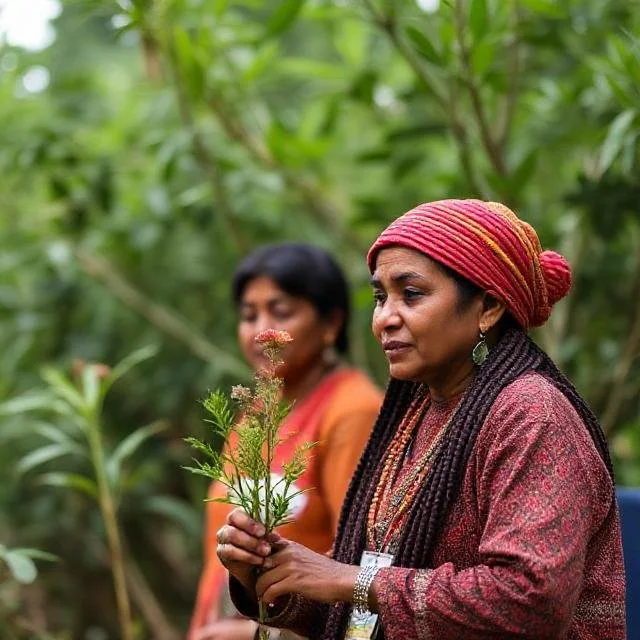Mexico Charts a New Course for Biodiversity at COP30 - Communities remain at the heart of environmental stewardship
At COP30, Mexico unveiled a renewed strategy to close its biodiversity finance gap and strengthen long-term conservation efforts. The government introduced two cornerstone initiatives: MEx30x30 and ACCION.
SEMARNAT and CONANP confirmed that MEx30x30 will guide Mexico toward conserving 30% of its territory by 2030, laying a foundation for ecological protection at a national scale. Meanwhile, ACCION will channel sustainable financing to 20 Natural Protected Areas across the Yucatán Peninsula, strengthening coastal resilience and supporting local communities. Both programs are backed by the Global Environment Facility (GEF) and the Green Climate Fund (GCF), in collaboration with the Mexican Fund for the Conservation of Nature (FMCN).
Mexico has begun increasing public investment in conservation. With more than MX$500 million allocated to protected areas for 2026, CONANP is moving toward narrowing the funding gap needed to meet the 2030 goals. GEF and GCF emphasized that these investments aim not only to expand conservation efforts, but also to secure stable long-term financing and targeted support for local communities and Indigenous Peoples, while accelerating ecosystem-based climate adaptation. One of the clearest messages emerging from COP30 — and one deeply relevant to Sierra A Mar’s mission — is that conservation succeeds when communities lead. (Aligned with our recent post on Rethinking Philanthropy & Impact Investment in Latin America: From Beneficiaries to Co-Creators of Change.)
For decades, conservation efforts tended to view local people as beneficiaries or participants. Today, the shift is unmistakable: communities are not just stakeholders; they are the custodians of the landscapes that sustain us all. From Indigenous fire management practices to community-run reserves and coastal cooperatives, the most effective conservation models are rooted in local knowledge,governance and pride. Protected areas thrive where:
landowners see stewardship as an opportunity, not a burden
traditional practices guide climate adaptation strategies
communities find meaningful, thriving work in restoration and sustainable ecotourism
decisions are made as close as possible to the land itself.
Despite ongoing challenges, protected areas consistently demonstrate clear benefits: greater food and water security, stronger community resilience, and essential ecosystem services that sustain regional and global well-being. Environmental historian Emily Wakil recalled Mexico’s long conservation tradition — noting that by 1940, the country had more national parks than any other nation. She pointed to the symbolism of the eagle, the snake, and the cactus in Mexico’s national emblem as a reminder of the country’s deep ecological heritage and its status as the fifth most biodiverse country on Earth. Carabias emphasized that protecting nature should never be viewed as a barrier to development. Instead, protected areas must be designed to improve local well-being, not restrict it. “A protected area should never become a punishment,” she warned. Mexico’s announcements at COP30 signal a strong commitment to scaling conservation, strengthening climate resilience, and ensuring that communities remain at the heart of environmental stewardship — where they have always belonged.
